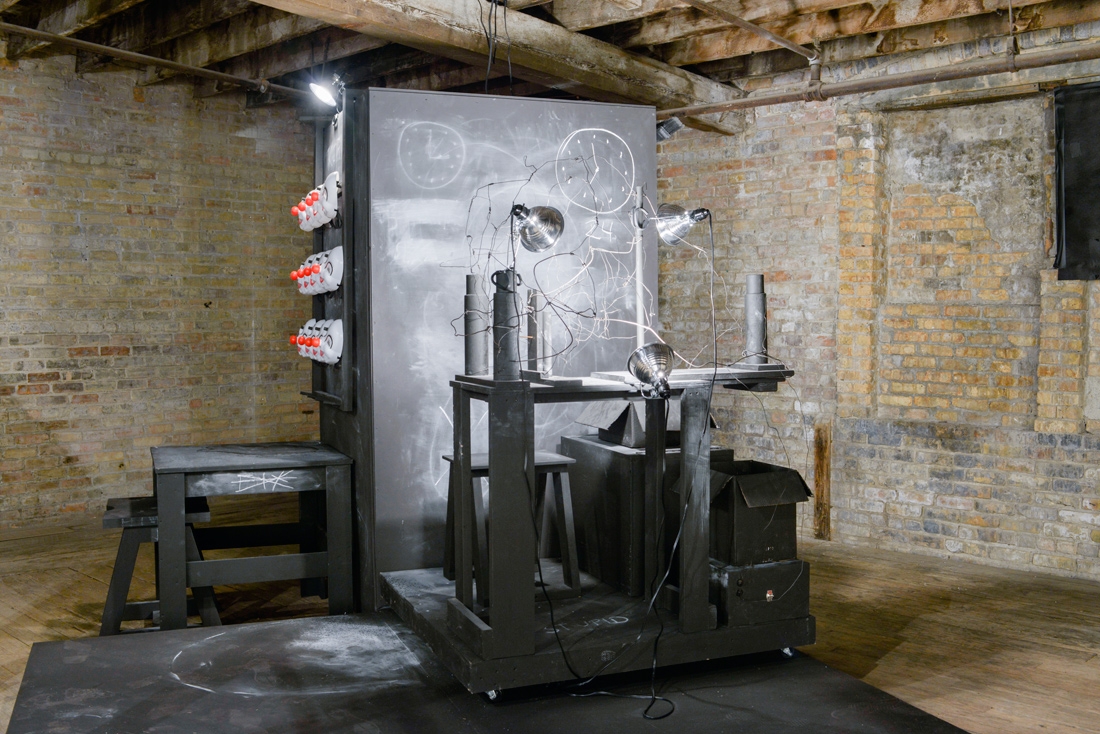Rust — a notorious destroyer of aged bikes, pipes and cars, takes on a new meaning at the superusted exhibition, opening August 18 at the Urban Institute for Contemporary Arts (UICA) in downtown Grand Rapids.
Drawing on her experiences living in the Midwest — also known as the “Rust Belt of America,” exhibition curator Cheryl Wilgren Clyne focuses on the transformative nature of rust in superusted, which runs through Oct. 23.
“She [Cheryl Wilgren Clyne] was thinking about a car from the early ’70s that she owned and how the clutch of this old car rusted off and fell, with the floorboard, onto the middle of the street during a winter drive,” said Heather Duffy, UICA exhibitions curator.
Clyne noticed how rust had consumed the vehicle’s foundation, fundamentally transforming her car — both in form and function. This incident, combined with inspiration from Neil Young’s 1979 album Rust Never Sleeps, illustrated to Clyne that rust — while destructive, is ultimately a beautiful catalyst for change.
So, what styles of art will this original community of Midwest-based artists showcase?
| superusted: The 4th Midwest Biennial Urban Institute for Contemporary Arts 2 W. Fulton St., Grand Rapids Aug. 18 –Oct. 23 UICA Members: Free, non-members: $5 uica.org/superusted, (616) 454-7000 |
“The exhibition is really diverse,” Duffy said. “It includes photography, sculptures, and mixed media pieces that include traditional and non-traditional materials. There are performance and interactive pieces, as well.”
By selecting artists whose works transformed in aesthetic during the exhibition development, and also explaining the contemporary relationship between nature and humanity, Clyne presents the dynamic character of rust.
“The vibe of the show feels very intentional,” Duffy said. “I think, a lot of the time, artists will create works that are specific to one place, or the history of that place. superusted is different, it includes works that seem interwoven with the place that presents them.”
Each piece in this exhibition — like rust — clings to and transforms its surroundings. While almost all of the exact works from the original show are coming to UICA, attendees can expect the installations to appear different from their premiere at the fourth Midwestern Biennial in Minnesota. In addition to this, 12 of the 17 artists are coming to Grand Rapids to install their pieces, and there will be, as Duffy put it, “a rekindling of that original community” — fortifying the intentional vibe of the show.
While the mediums used in this exhibition are vastly diverse, superusted successfully unites artists through one particular trait: their Rust Belt identity.





